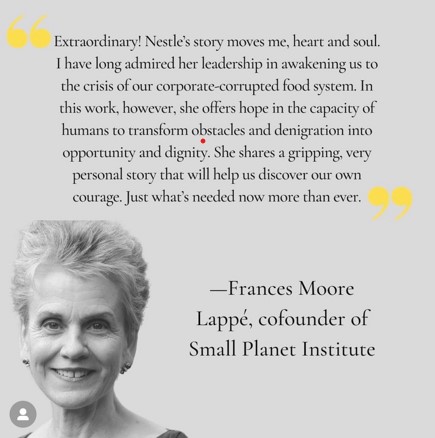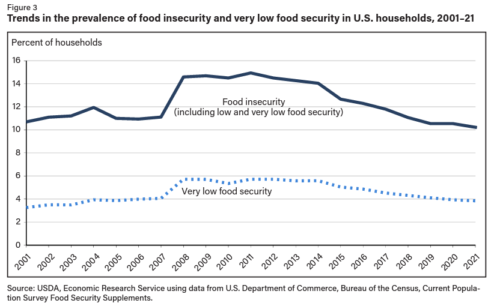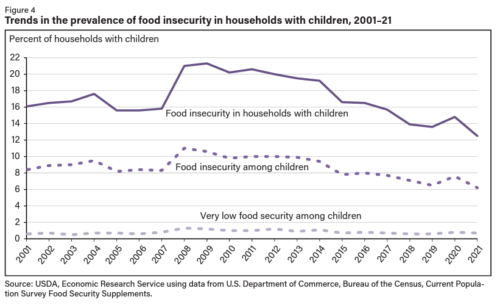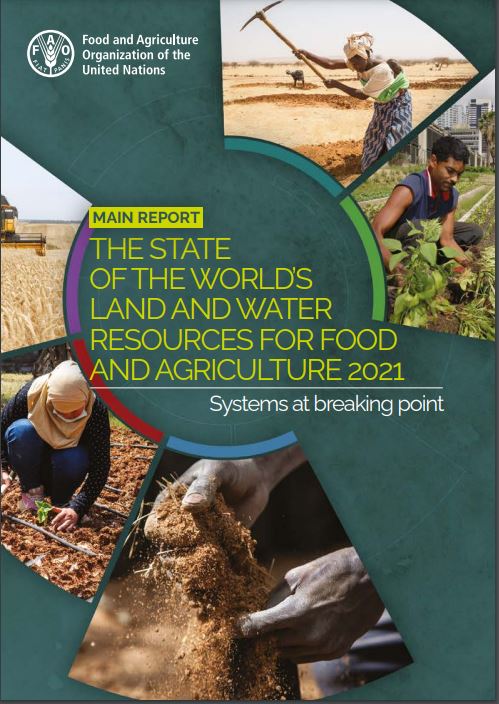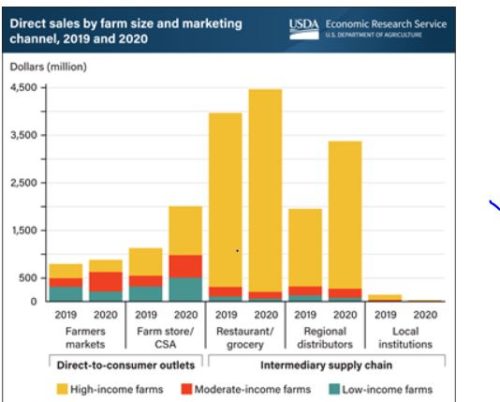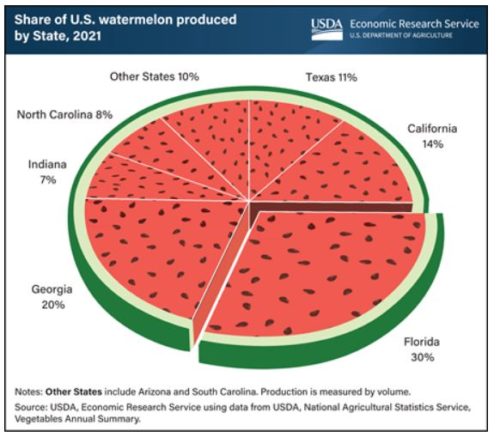FDA User Fees: Conflicted interests? Definitely.
The New York Times article on drug industry user fee payments to the FDA reminded me of my first meeting as a newly appointed member of the FDA’s Science Board in the late 1990s. Here’s how it went:
FDA staff: We want to get your advice on user fees for inspection of food production facilties.
Me, appalled (oh no. Not this at my very first meeting): You mean food companies would pay the FDA’s expenses for inspecting their facilities?
FDA: Yes, what’s wrong with that?
Me: It’s causes a conflict of interest. It puts the FDA under financial pressure to stay on good terms with the companies and not find problems.
FDA: But NIH does it.
Me: NIH is not a regulatory agency; FDA is.
I did not last long on that committee. I was nominated for it again a year or so ago but never heard another word about it.
The Times article is about the drug industry. Here are some excerpts:
- The pharmaceutical industry funding alone has become so dominant that last year it accounted for three-quarters — or $1.1 billion — of the agency’s drug division budget.
- Senator Bernie Sanders,…suggested that the pharmaceutical companies’ tendency to charge “outrageous” prices was related to their significant role in funding and advancing policy goals of the F.D.A.’s drug division. “So the industry, in a sense, is regulating itself,” Mr. Sanders said…May make sense to somebody — but not to me.”
- …the high costs of the program limit opportunity for small businesses; new-drug application fees are $1.5 million to $3.1 million.
- Over the years, the program’s scope and funding grew. Annual “performance reports” detail the F.D.A.’s efforts to make quick decisions, hold routine meetings with drug companies and approve products under fast-track pathways.
- …user fee negotiations in 1997 led to reducing the number of clinical trials for drug approval to one, from the longtime standard of two trials.
So does the FDA charge food companies for regulating them? Yes.
The FDA can charge user fees for:
- The cost of reinspecting domestic food facilities, U.S. agents for foreign facilities, and food importers. Fees cover “all expenses, including administrative expenses incurred in connection with arranging, conducting, and evaluating the results of the reinspection.”
- Expenses related to companies that do not comply with food recall orders, “including technical assistance, follow-up effectiveness checks, and public notifications. “
- Expedited review and import entry of human and animal food into the United States for participating importers.”
Food user fees are less conflicted than for drugs, and only about 1% of the cost of FDA’s food inspections comes from user fees.
But this is a bad system overall. FDA is a regulatory agency. It requires absolute independence in order to do its work honestly. It should be taxpayer supported entirely so it can work entirely in the public interrest.
See:
- FDA User Fee Programs
- Fees under FSMA
- Guidance for industry on user fees under FSMA
- Why is the FDA Funded in Part by the Companies It Regulates?
************
Coming soon! My memoir, October 4.
For 30% off, go to www.ucpress.edu/9780520384156. Use code 21W2240 at checkout.


